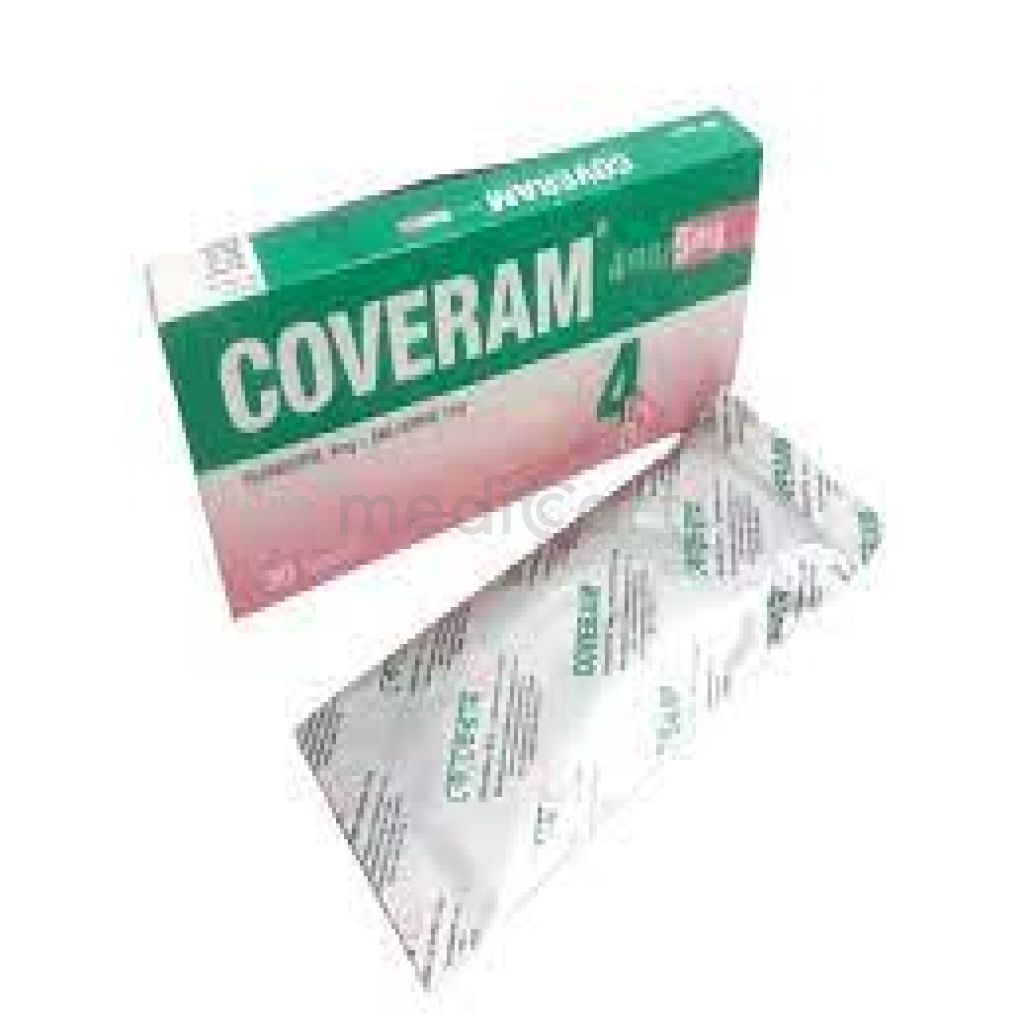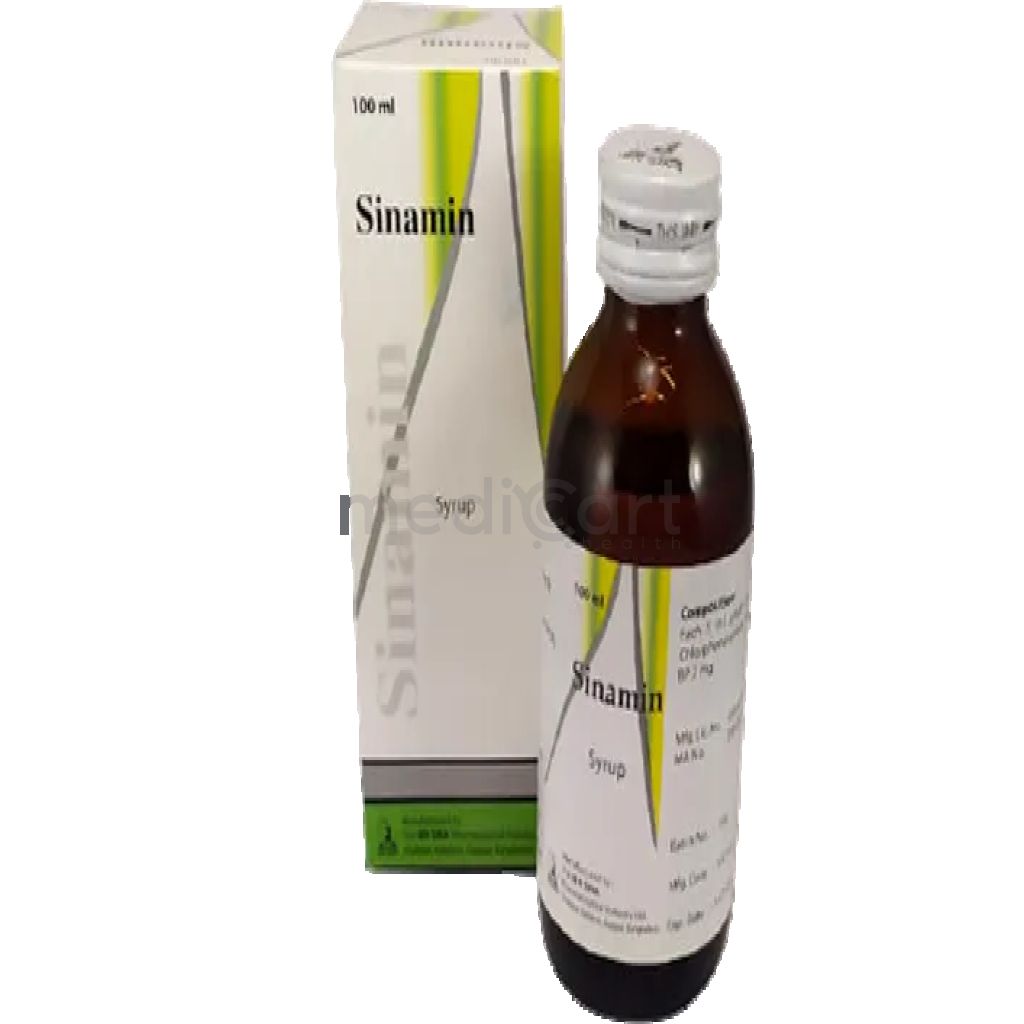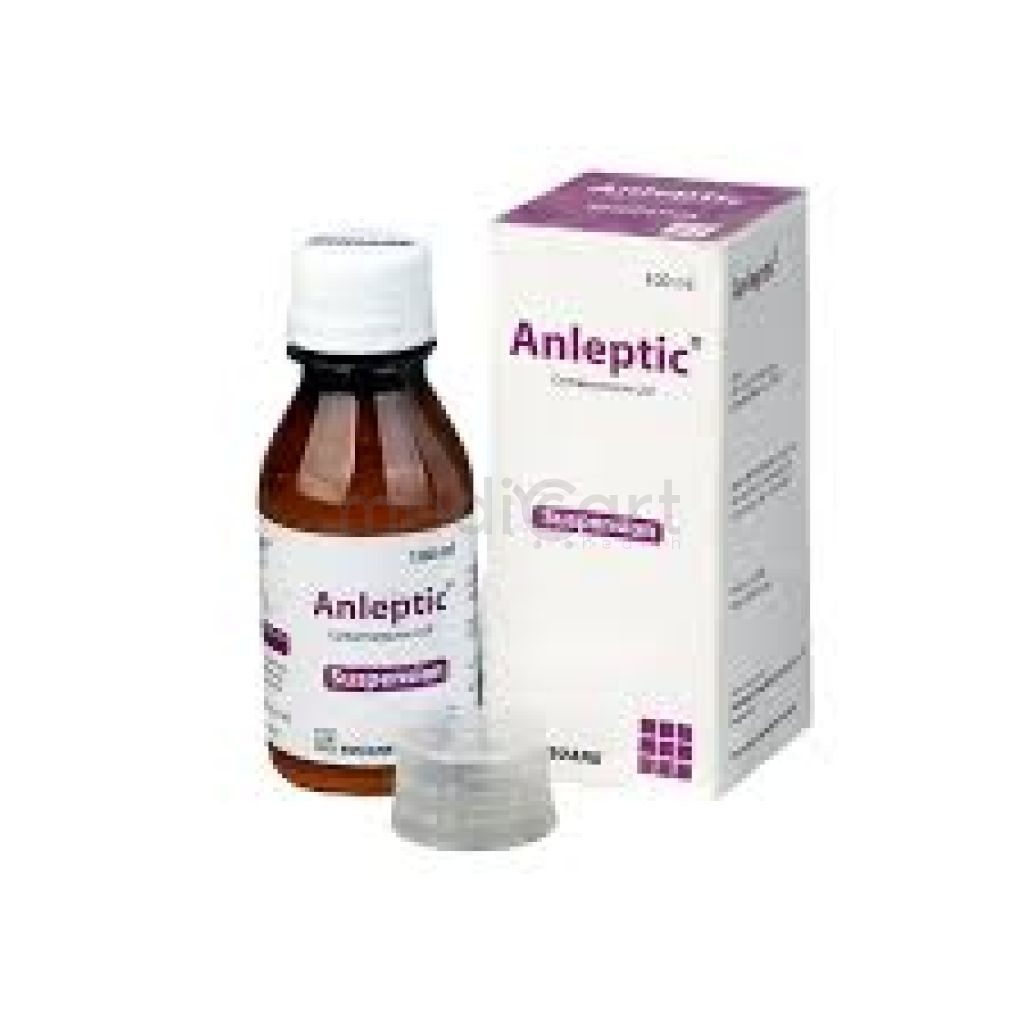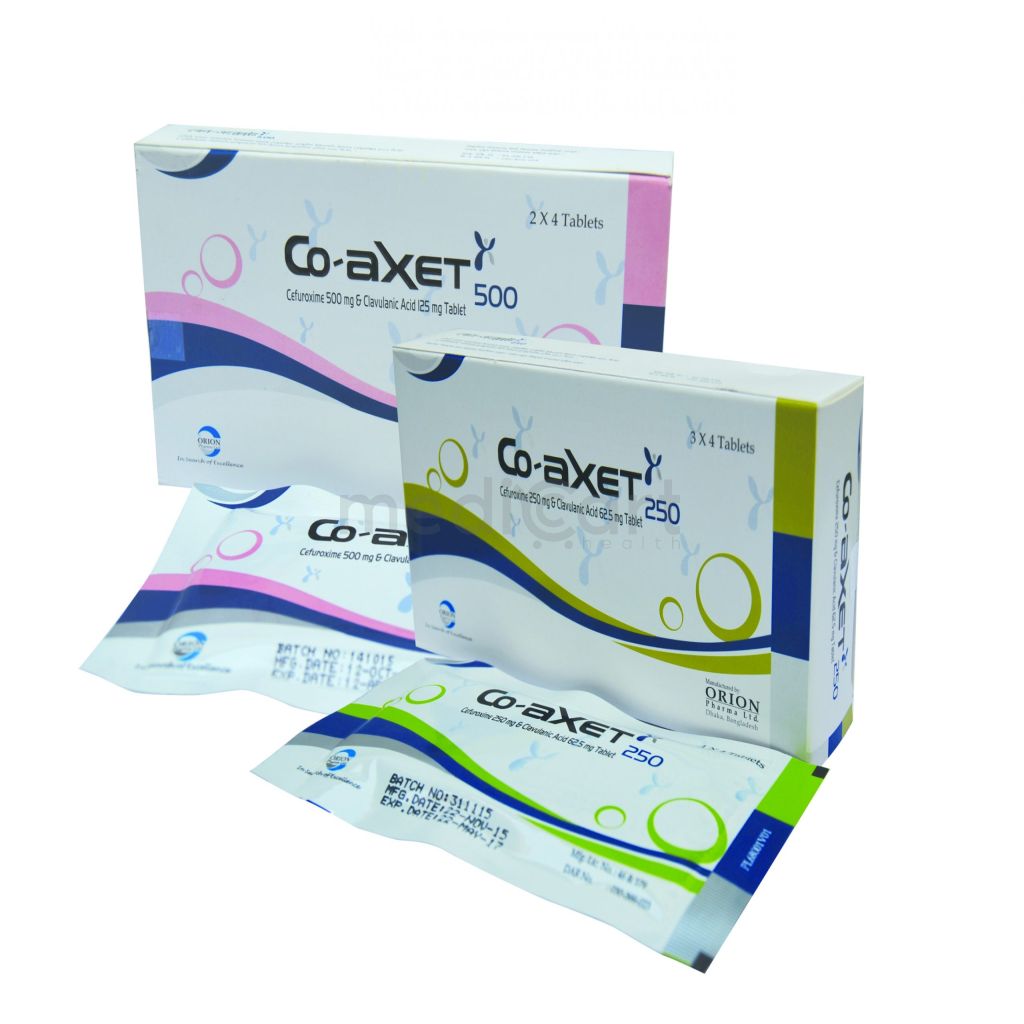

Coveram - 4mg
Tablet
Pack Size :
10 Tablet x 1 Strip
Generics :
Perindopril + Amlodipine
Manufacturer :
Eskayef Pharmaceuticals Ltd.
Best Price *
TK
210.00
* Delivery will be done in Dhaka city only.
Alternative Product
More Information About - Coveram - 4mg
Description
Generic Name
Perindopril + AmlodipinePrecaution
Patient w/ salt or volume depletion, severe obstructive coronary artery disease, renal artery and mitral and severe aortic stenosis, ischemic heart disease or cerebrovascular disease, hypertrophic cardiomyopathy w/ outflow tract obstruction, cardiac failure, collagen vascular disease. Hepatic and renal impairment. Elderly. Patient undergoing major surgery or during anaesthesia; desensitisation treatment (e.g. hymenoptera venom). Lactation: Unknown if distributed in human breast milk; because of the potential for adverse effects on the nursing infant, decide whether to discontinue nursing or discontinue the drugIndication
Indicated for the treatment of hypertension in patients whose blood pressure is not adequately controlled on monotherapy or as initial therapy in patients likely to need multiple drugs to achieve blood pressure goalsContra Indication
History of idiopathic angioedema. Severe hypotension, shock (e.g. cardiogenic shock), left ventricular outflow tract obstruction (e.g. high grade aortic stenosis), heart failure after acute MI. Pregnancy and lactation. Concomitant use w/ aliskiren esp in patients w/ DM or renal impairment (GFR <30 mL/min/1.73 m2).Dose
Hypertension Indicated for the treatment of hypertension in patients whose blood pressure is not adequately controlled on monotherapy or as initial therapy in patients likely to need multiple drugs to achieve blood pressure goals Tablet 4 mg/5 mg PO qDay with or without food Adjust dose according to blood pressure goals; wait 7-14 days between titration steps Not to exceed 14 mg/10 mg qDay Hepatic impairment: There are no data to guide dosing recommendationsSide Effect
1-10% Peripheral edema (7.2%) Cough (3.2%) Headache (2.5%) Dizziness (2.5%) Frequency Not Defined Dermatologic: Rash Digestive: Nausea, diarrheaPregnancy Category
Name : D
Description
There is positive evidence of human fetal risk based on adverse reaction data from investigational or marketing experience or studies in humans, but potential benefits may warrant use of the drug in pregnant women despite potential risks.Mode of Action
Perindopril, a prodrug of perindoprilat, is an ACE inhibitor which prevents convertion of angiotensin I to angiotensin II, thereby increasing plasma renin activity and decreasing vasoconstriction and aldosterone secretion. Amlodipine, a dihydropyridine Ca channel blocker, inhibits transmembrane influx of Ca ions into vascular smooth muscle and cardiac muscle thereby causing relaxation and vasodilation. It also directly acts on vascular smooth muscle causing reductions in peripheral vascular resistance and BP.Interaction
Increased hypotensive effects w/ antihypertensive agents (e.g. ?-blockers), diuretics, and vasodilators. May increase serum levels and toxicity of lithium. May cause nitritoid reactions w/ Na aurothiomalate. Increased risk of angioneurotic oedema w/ estramustine. May increase hypoglycaemic effect w/ insulin or sulfonamides. Increased antihypertensive effect and risk of orthostatic hypotension w/ TCAs, antipsychotics, anaesthetics, ?-blockers. May increase risk of angioedema w/ mammalian target of rapamycin (mTOR) inhibitors (e.g. sirolimus, everolimus, temsirolimus). May cause worsening of renal function and loss of antihypertensive effect w/ NSAIDs. Decreased antihypertensive effects w/ NSAIDs and sympathomimetics.Pregnancy Category Note
Pregnancy Category: D Discontinue as soon as pregnancy detected; during the second and third trimesters of pregnancy, drugs that act directly on the renin-angiotensin have been associated with fetal injury that includes hypotension, neonatal skull hypoplasia, anuria, reversible or irreversible renal failure, and death Lactation: Unknown if distributed in human breast milk; because of the potential for adverse effects on the nursing infant, decide whether to discontinue nursing or discontinue the drugAdult Dose
Hypertension Indicated for the treatment of hypertension in patients whose blood pressure is not adequately controlled on monotherapy or as initial therapy in patients likely to need multiple drugs to achieve blood pressure goals Tablet 4 mg/5 mg PO qDay with or without food Adjust dose according to blood pressure goals; wait 7-14 days between titration steps Not to exceed 14 mg/10 mg qDay Hepatic impairment: There are no data to guide dosing recommendationsChild Dose
N/ARenal Dose
Renal Impairment CrCl <30 mL/min: Not recommended CrCl 30-80 mL/min (mild or moderate renal impairment): Do not exceed 7/5 mgAdministration
Should be taken on an empty stomach.Disclaimer
The information provided herein are for informational purposes only and not intended to be a substitute for professional medical advice, diagnosis, or treatment. Please note that this information should not be treated as a replacement for physical medical consultation or advice. Great effort has been placed to provide accurate and comprehensive data. However, Medicart along with its authors and editors make no representations or warranties and specifically disclaim all liability for any medical information provided on the site. The absence of any information and/or warning to any drug shall not be considered and assumed as an implied assurance of the Company.





